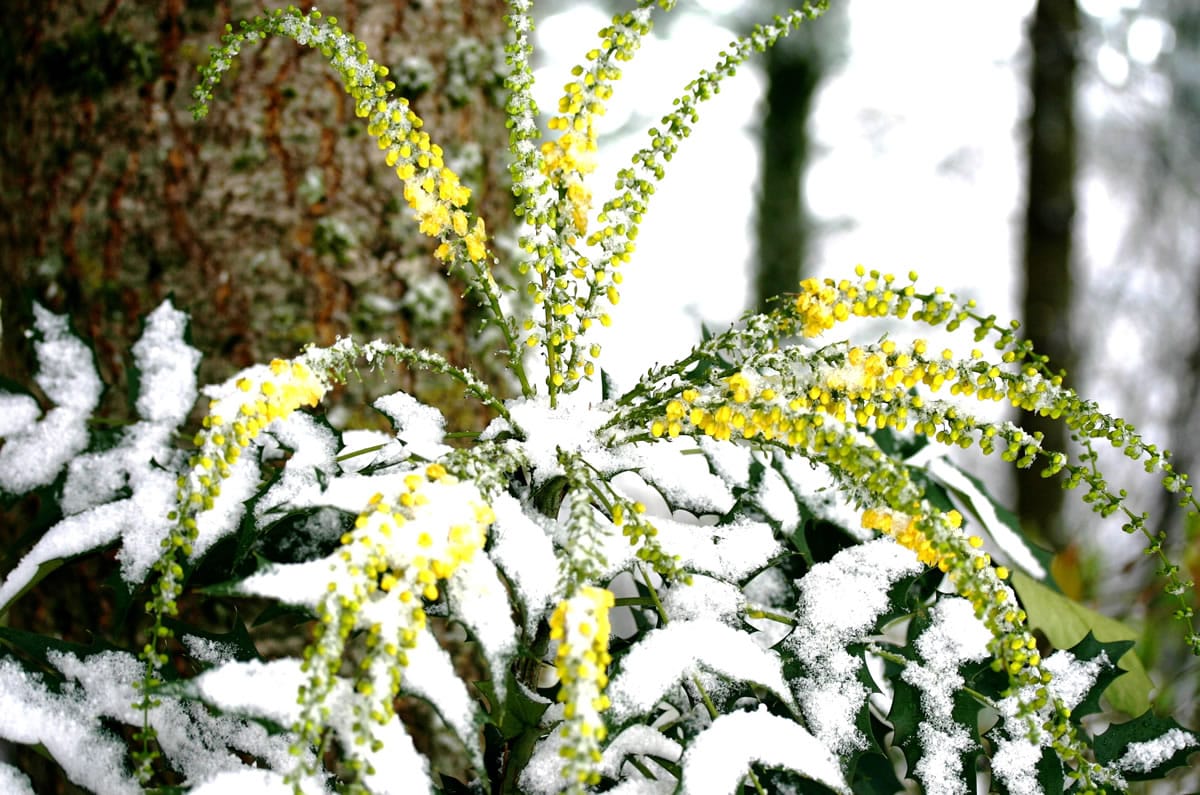Many gardeners will admit that Latin is the blind spot in their garden education. Most think that the process is something like learning a whole new language. Believe me; you do not have to learn to speak Latin to use it in the garden. It is, at first, Greek to most of us, but Latin names are not used to confuse you. Quite simply, the scientific names are more precise than the common names. This is the purpose of giving plants a Latin name in the first place.
When you use the Latin nomenclature of a plant, it cannot be mistaken for anything else. Therefore, if you want a specific plant that you saw in someone else’s garden, the first thing you should do is confirm or write down the proper Latin name. If you do this, the plant you buy and put in your garden will have the same flowers, grow to the same size and require the same growing conditions of the plant you originally wanted.
Latin names were not developed so that a few people in the know could rattle off complicated words to confuse the masses. If you meet a person in the industry using Latin in this way, it is perfectly polite and within your rights to ask, “And what is the common name for that plant.” It’s something like a patient saying they have a broken leg while a physician is more specific by stating that you have a fractured tibia.
This system of naming plants, developed by the 18th century botanist Carl Linnaeus, provides a world-wide reference for every plant. That’s as complicated as it needs to be. In Paris, Tokyo, Beijing and Brush Prairie, Washington the Latin name Hedera helix stands for English Ivy. A Narcissus is a daffodil; Tulipa, tulip. On the other hand, the common Black-eyed Susan can refer to a golden flowered perennial (Rudbeckia hirta) and also a vine that is most often planted as a summer annual (Thunbergia alata).
I think the book “Botanical Latin 4th Edition” by William T. Stearn would be the perfect Christmas or holiday gift for any level of gardener. Stearn’s classic covers grammar, syntax, punctuation and vocabulary. Fascinating information on Latinate geographical names and color terms and a listing of commonly used symbols and abbreviations will help any serious plant lover make sense of complex botanical names.
Take your time. Concentrate on the plants you would like to add to your garden in the upcoming New Year. You don’t actually have to memorize if you take the time to write down the Latin name, word for word. At the very least, carry the written name with you when you plant shop. If you are more adventurous, take a stab at saying the plant’s Latin name. Try it phonetically. I find that the more involved a gardener becomes in the names and nomenclature of plants, the more excited they are about trying new plants in the garden.
Dissecting the Latin
With a minimal understanding of Latin, you can instantly know a lot about a plant. Alba always means white. Aurea, gold. Prostrata will tell you that the plant stays low and creeps along the ground. Rosa chinensis is a Rose from China and Rosa multiflora flowers freely. The corkscrew hazelnut is a shrub with gnarled and twisted branches. The Latin name is Corylus avellana ‘Contorta’ and its whimsical common nickname is Harry Lauder’s Walking Stick.
Common names are perfectly acceptable once you know you are in agreement on the specific plant you are talking about. I’d like to plant some Naked Ladies in my garden this year. That’s the common name for two fall flowering bulbs (Colchicum autumnalis and Nerine bowdenii). The same nickname refers to a summer flowering bulbous perennial (Amaryllis belladonna). The only way to be sure I get the plant I want is to know the Latin.
Common names are nicknames; such as my friends calling me Robb. They express familiarity. On the other hand, if I had ever been lost on a plant expedition in China, you can be sure that my mother would have let the authorities know they were looking for Robert Randall Rosser, as it shows on my passport. It’s the same in the garden. Nothing highfalutin, nothing pretentious, just a common sense method of naming individual plants. This way, when I’m looking for Naked Ladies for the garden, I won’t get any big surprises.



